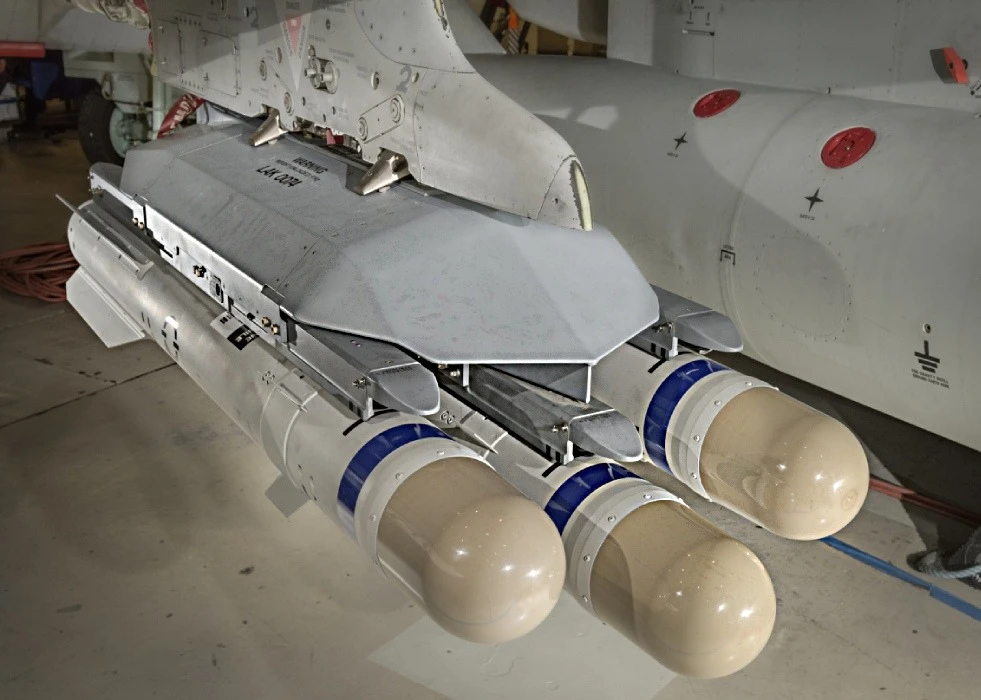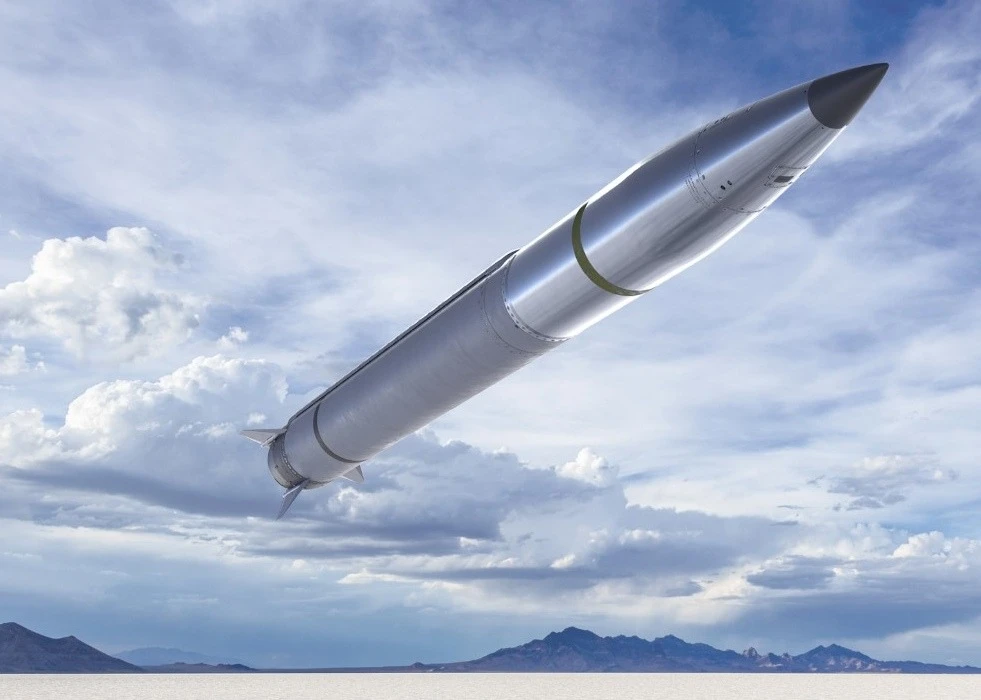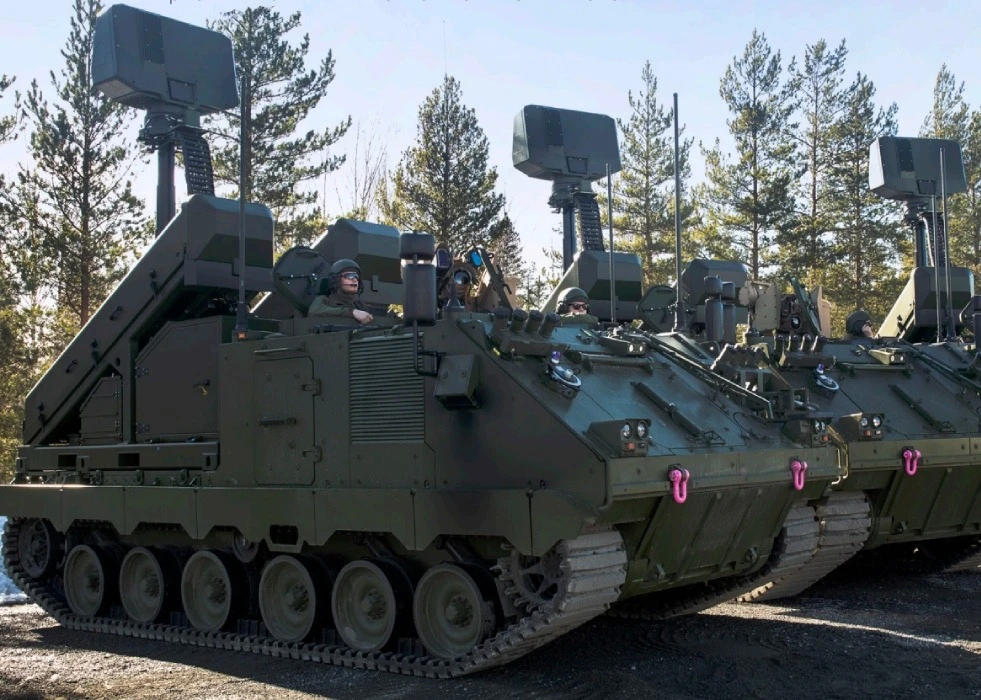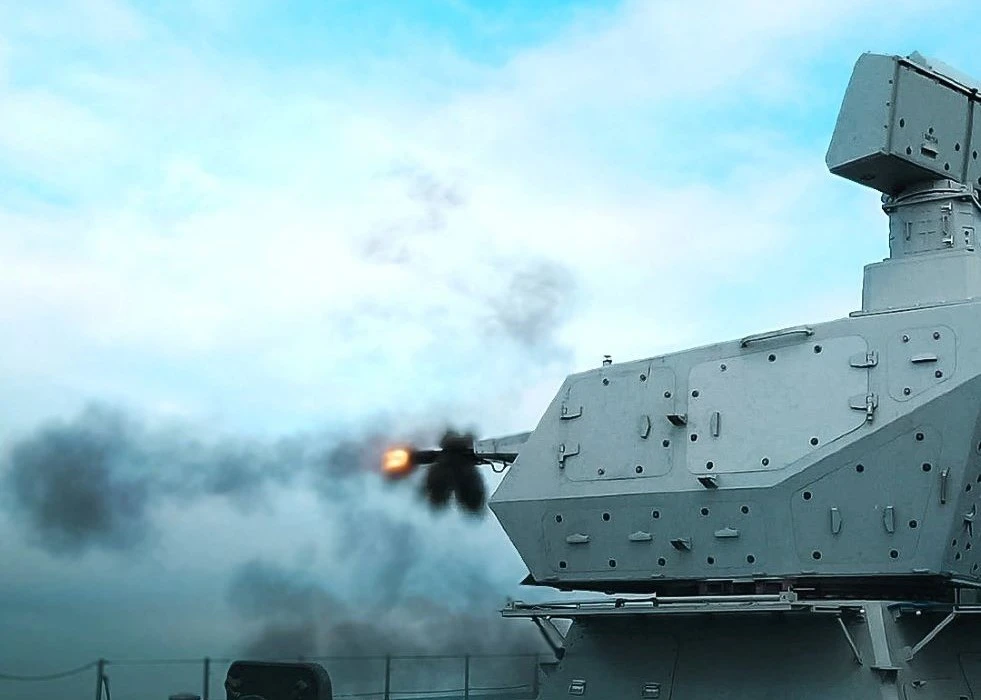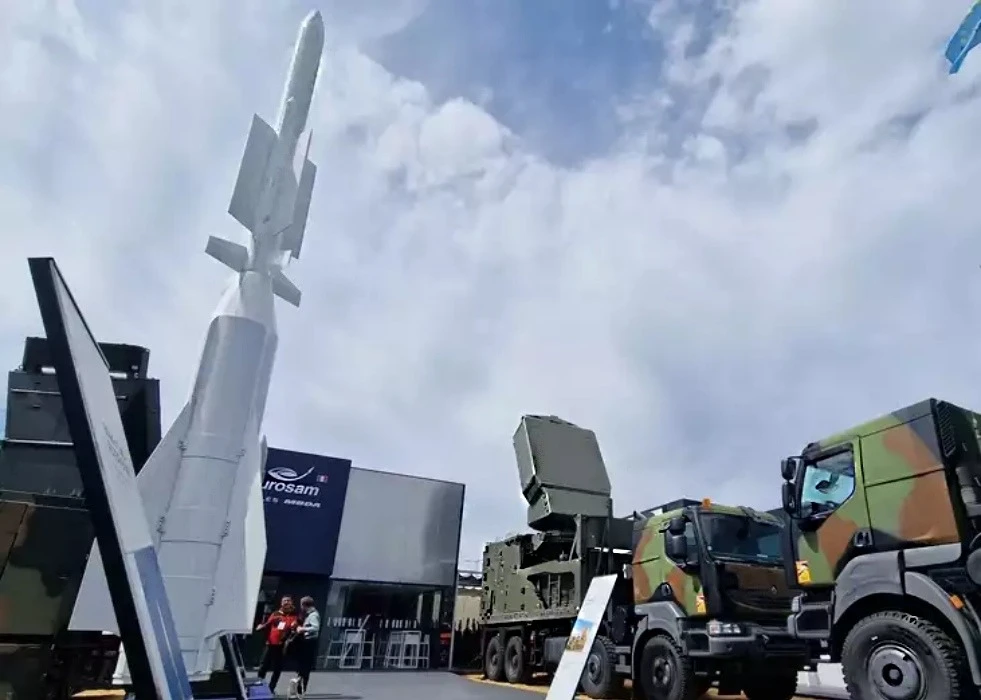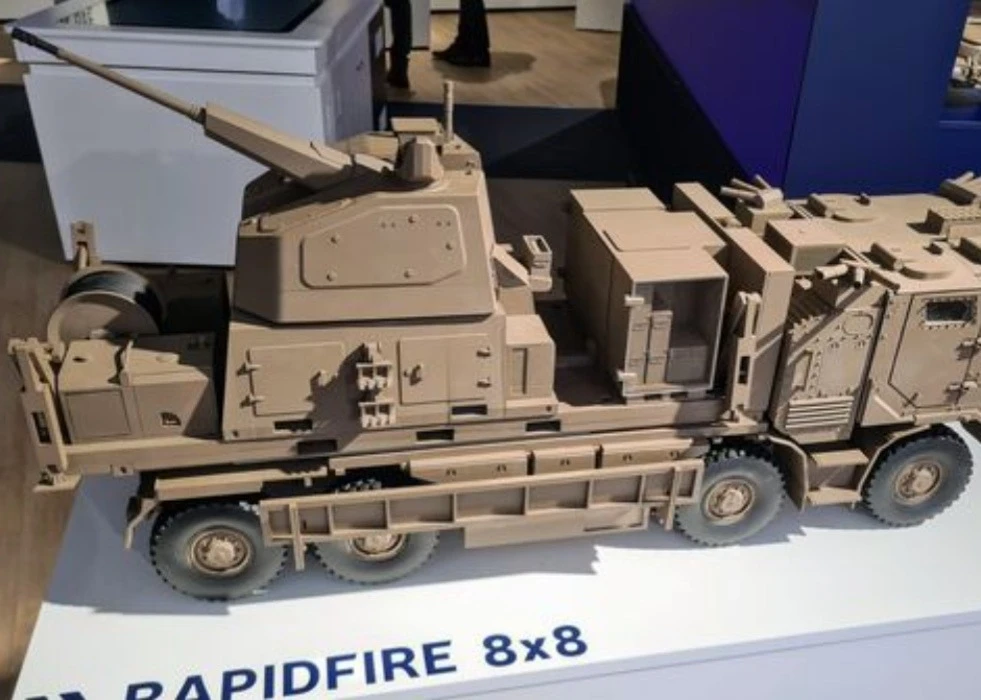Roketsan President Professor Faruk Yiğit and General Manager Murat İkinci met with journalists today to present their contribution to IDEF. Two top names explained their work and targets.
İkinci explained the details of the products to be exhibited for the first time at the fair. “Our Levent close air defence system will be exhibited for the first time at IDEF. This is the first time we will present our Levent system based on our Sungur portable air defence missile and form a compact air defence system on ships. We will introduce it at the fair. Another product of ours will be our Akya Heavy Torpedo. It will be exhibited for the first time at IDEF this year. Akya will be the main weapon of our submarines. The successful firing tests of Akya is continuing. Hopefully, we will deliver it to our Armed Forces at the end of this year. Again. We will also exhibit the light class Orko torpedo at this fair. Also, if we look at the products we have produced for our Air Force, it will be the Laçin weapon system that we will exhibit for the first time at the fair. We have turned Laçin into pilot-guided ammunition that can also be manoeuvred in the air. Our F 16s currently use it, and It successfully shot. I hope we will present it at IDEF. We have many more systems that we will exhibit at the fair. However, these will be the products we will present for the first time this year.”
Roketsan will present into the sea and above the sea anti-ship solutions at IDEF. The TSKGV company has heavy class Akya and light Orka torpedo solutions for submarine and surface vessels. It will also present surface to surface anti-ship missile Atmaca. Atmaca was known for the navy version to be used from military vessels. It was installed to Milgem Ada Class Kınalıada corvette. The new version of Atmaca can be installed on both vessels and can be land-based.
Before the ship launched live-fire in 2019, two land-based live-firing tests of ATMACA missile were also carried first in May and then in September at Sinop Missile Test Range towards the Black Sea.
The difference between naval Atmaca and Atmaca for land is based on the seeker used. Atmaca for land has IIR seeker technology, while naval Atmaca has Active RF.
Both versions have a solid-fuel rocket booster that detaches when expended to allow the missile’s main turbojet to maintain flight.
The missile uses its global positioning system (GPS), inertial navigation system, barometric altimeter and radar altimeter to navigate its target. Its active radar seeker pinpoints the target with high precision while IIR is searching the source of heat. Atmaca has a range of more than 220 kilometres (140 mi) to reach threats situated beyond the line of sight due. The missile is ultra sea-skimming as it approaches the target.
Atmaca for land can be fired from vessels towards targets deployed at land too.
Roketsan announced that it has started to develop the LEVENT Close Air Defense System. The RAM equivalent of the LEVENT System (close in air defence) was showcased for the first time during IDEF’21.
Roketsan General Manager Murat İkinci has also announced that they have started to develop a close air defence system called LEVENT with national means. İkinci said, “The close air defence of our ships is mainly carried out with RAM and Phalanx systems. We will exhibit our LEVENT system, based on our SUNGUR Missile, which will provide collar air defence to our ships during IDEF’21.
LEVENT will have two versions. Vessel’s electro-optical and radar systems will guide the missile in the first configuration; The second configuration will head towards its target autonomously using its radar and electro-optical systems ob board”.
Turkey took the US-made Rolling Airframe Missile (RIM-116 RAM) into its inventory for the first time, along with the MİLGEM class ADA Corvettes. Currently, four MİLGEM ADA Class Corvettes are equipped with RAM systems. While the launchers of the RAM system are supplied from Germany, the missiles are supplied from the USA.
The USA has been embargoing Turkey on RAM Missiles for a long time. Roketsan will also develop the passive radar seeker needed in the second configuration of LEVENT.
The LAÇİN has an IIR/TV guided seeker head (which uses a newer CCD image sensor technology instead of a CMOS one). The kit is also not affected by electronic warfare GPS jamming.
The LAÇİN kit guides the MK-82 bomb, which allows designating a target between 6,500 to 40,000 feet. The altitude provides the advantage of avoiding short and medium-range air defence systems deployed on the surface. The kit-mounted MK-82 weighs 262kg.
L-POD, which was developed together with LAÇİN, ensures that the image from the IIR / TV seeker head is transferred to the cockpit over the data link. Simultaneously, the commands produced by the pilot are transmitted to the LAÇİN mounted ammunition.
In this way, both the bomb can hit moving targets, and the pilot can cancel the current target and designate a new one. The range of the RF link, which provides image transmission, is 150 km.
The range of the bomb with the guidance kit has a maximum range of 28 kilometres, but it can be increased. An example of this was seen in Israel’s SPICE 250 guided munitions. While the ammunition reaches a range of 100km, it also has an IIR/TV seeker head and bidirectional data link.
Laçin is used with Mk-82 bombs but in future it will be used against shelters with penetrator bombs.




